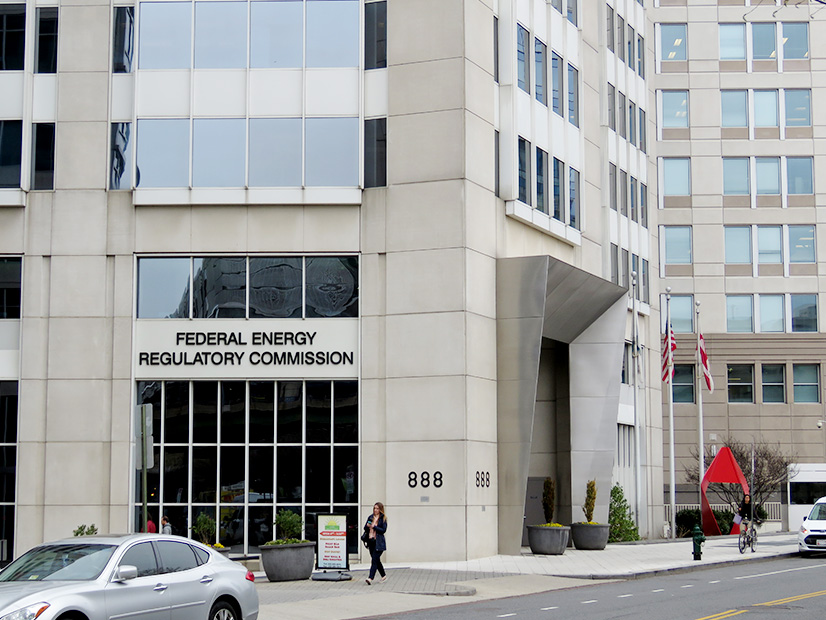FERC on Friday accepted PJM’s compliance filing restoring the historical energy and ancillary services (E&AS) revenue offset used in the RTO’s capacity market, clearing a potential hurdle for the 2023/24 Base Residual Auction scheduled for June 8 (EL19-58).
The commission on Dec. 22 reversed its May 2020 approval of PJM’s forward-looking E&AS offset, a key variable in calculating the net cost of new entry (CONE) for resources in capacity auctions, ordering the RTO to revert to the previous, backward-looking offset. (See FERC Reverses Itself on PJM Reserve Market Changes.)
PJM submitted tariff revisions restoring the historical E&AS offset for all Reliability Pricing Model (RPM) auctions going forward and limiting the forward-looking option only to RPM auctions for the 2022/23 delivery year, the only one in which the forward-looking offset was used.
“PJM states that, with these revisions and a Nov. 12, 2020, effective date, the tariff will properly reflect the applicable E&AS offset used in auctions for each delivery year,” FERC said.
The RTO also included revised rules for determining the E&AS offset used for minimum offer prices for each resource type and restoring the historical approaches provisions starting with the 2023/24 delivery year. The historical offset will also be used to determine avoidable-cost rates.
The RTO asked FERC to “expeditiously accept” its compliance filing to avoid delaying the2023/24 BRA.
In a 3-1 decision, FERC mostly accepted PJM’s compliance filing, with Commissioner James Danly dissenting and Commissioner Willie Phillips not participating in the order.
The commission said PJM’s filing did not properly restore all tariff language that existed prior to the May 2020 order, pointing to a section with an incorrect sentence that was not properly incorporated in the tariff in previous revisions. FERC also identified other minor changes, including deleting the phrase “capacity factors” in one section and revising the word “must” to “may” in another section.
PJM is required to file the revised tariff changes within 15 days to the commission.
Danly, who has dissented to several of the orders regarding PJM’s proposed energy price formation revisions, said he continued to object to the process and the merits of the filing. He said the order “implements profound changes to fundamental aspects” of PJM’s capacity market and was done “recklessly” without additional briefings or supplemental information on the impact of the changes.
The “protracted, unnecessary proceedings have caused unacceptable delays in PJM’s auction schedule,” Danly said. He hoped the commission will not cause any more delays to the auction with its actions.
“How can anyone expect a market to function correctly and efficiently in the face of the uncertainty the commission has created over the last year?” Danly said. “We cannot continue to take actions that will delay PJM’s auctions or throw its market rules into further chaos. Amidst such uncertainty, the promised benefits of the market will be diminished and will eventually be lost. PJM’s ability to ensure resource adequacy will be imperiled. Prices will rise and reliability will suffer. We cannot continue down this road and keep telling ourselves that the resulting rates are just and reasonable.”

